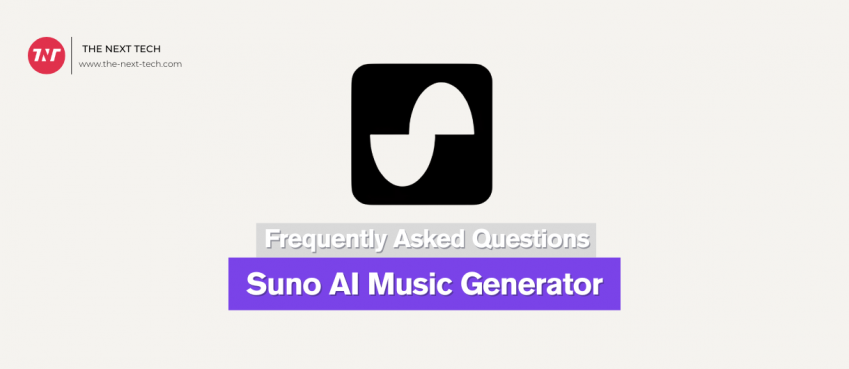
Cloud-native is an approach that is fast becoming the new norm in application development. It is specifically for building applications in the cloud environment. The reason behind the exponential growth of cloud-native applications is faster deployment, fluid architecture, and agility to move through different environments seamlessly.
Cloud-native applications run in containers and are deployed as a collection of microservices: the individual functions within an application. They also have continuous integration and continuous delivery development systems.
Cloud-native is driving software development forward and is considered a new way of building large, complex applications. This new application leverages software development, best practices and cloud infrastructure to transform how you design, deploy, and use systems.
Enterprises are transforming legacy applications to adopt cloud-native features and functionalities by partnering with software development companies.
What is Cloud-Native App Development?
In broad terms, cloud-native is all about a different way of building applications that utilizes cloud computing. It effectively means that the software is built in the cloud and not the server. It runs in the cloud, ensuring that the application is written, tested, and deployed in the cloud and relevant technologies. In this approach, development teams select tools according to the functionality of application to access data sources right from frameworks to higher level data APIs.
Cloud-Native Application vs Traditional Applications: Understanding the differences
Flexibility: Translates into better security, top performance, and improved customer experience.
Speed to deploy new features: Apply changes and, overall, customize your app.
Fewer Disruptions: Cloud-native apps offer scalability if the application uses containers.
Also read: How To Fix “Apple Watch Not Updating” Issue + 5 Troubleshooting Tips To Try!
Essential Elements of Cloud-Native Applications
Lightweight Containers:
Cloud-native applications collaborate independent and autonomous services packaged as lightweight containers that offer scalability for optimum utilization of infrastructure.
Languages and frameworks:
Cloud-native applications are polyglot which use different languages, runtimes and frameworks best suited for the functionality.
Microservices:
Cloud-native systems embrace microservices, a popular architectural style for constructing modern applications. Microservices are loosely coupled services that remove dependence in the development lifecycle, promoting speed as well as support resilience and scalability.
APIs:
Cloud-native services use lightweight APIs based on protocols, such as REST, open-source remote procedure call (gRPC) or NATS. The APIS such as REST, GraphQL, and gRPC promote faster development and seamless collaboration between teams.
DevOps Processes:
Each service of a cloud-native application goes through an independent life cycle, which is managed through an agile DevOps process. DevOps methodologies are indicative of the fact that your organization has a relevant support mechanism in place to accelerate adoption of cloud-native development in your organization.
Focused on speed and automation, DevOps can minimize human involvement in the project right from design to final implementation stage.
Automation:
Cloud-native systems effectively utilize microservices, containers, and modern system design for speed and agility.
Devoid of dependencies:
Operating system and machine agnostics with no affinity for any particular type of system.
Why Develop a Cloud-Native App
Scalability
Cloud-native app’s architecture is based on auto-scaling giving flexibility and scalability to meet the needs of growing businesses in terms of user base or traffic. Cloud-native applications make your business agile. This feature allows enterprises to deal with volatile requirements with the pay-as-you-go model, where enterprises pay only for the computing resources utilized.
Resilient to Failures
In case, trouble strikes, cloud-native apps can handle outages making it fault-tolerant. Cloud-native app processing will swiftly move from one data center to another. At the end, the user’s experience won’t get affected without worrying about downtime costs.
Faster Time to Market
Due to reliance on DevOps processes, cloud-native app ensure faster deployment through the entire lifecycle right from development, deployment, and testing.
Better Customer Experience
Cloud-native principles revolve around quick time to market and deployment of new features with an iterative cycle which leads to the improved end-user experience.
Align Operations with Business
Enterprises can become lean and focused to meet business priorities eliminating failure arising due to human error and automate manual tasks. Automated upgrades eliminate downtime and the need for ops experts.
Ability to Meet Workload
Cloud-native applications are deployed on virtual infrastructure, which will dynamically grow and shrink to meet the varying load.
Cost savings
Cloud-native development put you on the roadmap of growth, and IT cost savings. Businesses can quickly build and deliver applications based on customer needs.
Also read: 10 Top-Rated Face Swap AI Tools (Swap Photo & Video Instantly!)
Disadvantages of Cloud Native
- While microservices can provide an iterative approach for the app’s overall improvement, they can also build complexity of managing smaller and discrete facets.
- Cloud-native apps require tools to monitor and control microservices architecture.
- Requires a team and an organizational culture that supports the pace of that innovation.
Businesses are changing the world with cloud-native software and phasing out traditional development models. However, this is possible only with a business innovation culture and the right processes, expert developers and technology solutions to make things happen.
Top 10 News
-
01
[10 BEST] AI Influencer Generator Apps Trending Right Now
Monday March 17, 2025
-
02
The 10 Best Companies Providing Electric Fencing For Busines...
Tuesday March 11, 2025
-
03
Top 10 Social Security Fairness Act Benefits In 2025
Wednesday March 5, 2025
-
04
Top 10 AI Infrastructure Companies In The World
Tuesday February 11, 2025
-
05
What Are Top 10 Blood Thinners To Minimize Heart Disease?
Wednesday January 22, 2025
-
06
10 Top-Rated AI Hugging Video Generator (Turn Images Into Ki...
Monday December 23, 2024
-
07
10 Top-Rated Face Swap AI Tools (Swap Photo & Video Ins...
Friday December 20, 2024
-
08
10 Exciting iPhone 16 Features You Can Try Right Now
Tuesday November 19, 2024
-
09
10 Best Anatomy Apps For Physiologist Beginners
Tuesday November 12, 2024
-
10
Top 10 Websites And Apps Like Thumbtack
Tuesday November 5, 2024







